In the 1970s there was a craze for martial arts that swept the nation. Many factors led to this craze, but one person who personified the popularity of martial arts was, of course, Bruce Lee. Lee’s popularity was at this time so huge that it led to a proliferation of classes, studios, and dojos all across the US for people of all backgrounds to learn and practice martial arts. So much so it’s fair to say that in the 1970s …everybody…was Kung-Fu fighting.
Marvel was no stranger to jumping on bandwagons and did so by creating several martial arts themes publications and characters based on Bruce Lee – including the most prominent and lasting Iron Fist and, the one we’ll be talking about today: Shang Chi – the master of Kung Fu.
Now, to understand this comic better we need to talk about the other major development at this time and that was that Marvel at had obtained the rights to use the characters of Sax Rohmer, specifically Fu Manchu. Now if you’re not familiar with the work of Sax Rohmer…good. But the short version is that Fu Manchu is the embodiment of Yellow Peril – this is every negative stereotype about Asian people you can think of, and probably some more that Rohmer invented himself. Picture every colonialist’s fears personified.
And to weave these two things together Shang Chi was made to be Fu Manchu’s son. So the origin of Shang Chi and his early stories are intrinsically tied to Fu Manchu which is…troubling. And adds a layer of uncomfortableness to his story.
With that being said the creators – mostly Doug Monk and Paul Gulacy – but there are many others – attempted to give Shang Chi a distinct style with varying results.
After breaking with his father Shang Chi sets off on a quest to topple Fu Manchu’s empire – a meandering, often directionless quest – but a quest nonetheless. Along the way he joins up with a couple of British stereotypes – Sir Dennis and Blackjack Tar – while battling a near endless supply of martial arts-themed villains – the breadth and variety of which would make Cobra Commander jealous.
The stories are told with narration by Shang Chi in a sort of distant voice that fluctuates between detached observer to dispenser of sage wisdom. The effect is inconsistent – but interesting. It is probably the most distinct element of these early issues and the one thing that sets it apart from other Marvel titles at the time.
But much like the stories themselves, Shang Chi as a character is directionless – floating from location to location, set piece to set piece seemingly with no end goal in sight. And while the fight scenes and action are presented well and look great most of the time it ultimately goes nowhere. Shang Chi is presented as part spiritual wanderer, part international spy on a path of revenge that never really gets developed.
In later years, uncoupled from the baggage of Fu Manchu, Shang Chi’s motivations were able to become something more cohesive, and his character was given proper development.
In these early stories, however, Shang Chi and the Master of Kung Fu series was ultimately just a bunch of good ideas combined with excellent fight choreography desperately in need of a purpose.
This article originally appeared as the introduction to episode 76: Master of Kung Fu.
The Collected Edition is a comic book podcast where the hosts discuss the famous and infamous runs and story arcs throughout the history of comics. Please subscribe to the show on Apple Podcasts, Sticher, IHeartRadio, and Spotify.

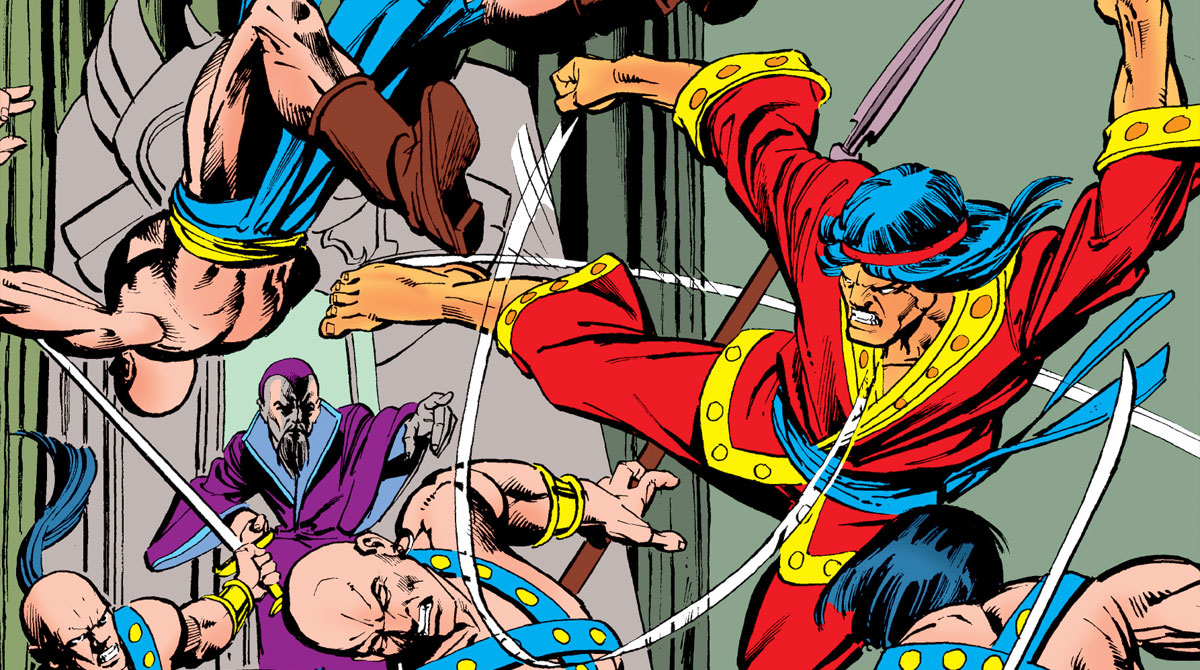
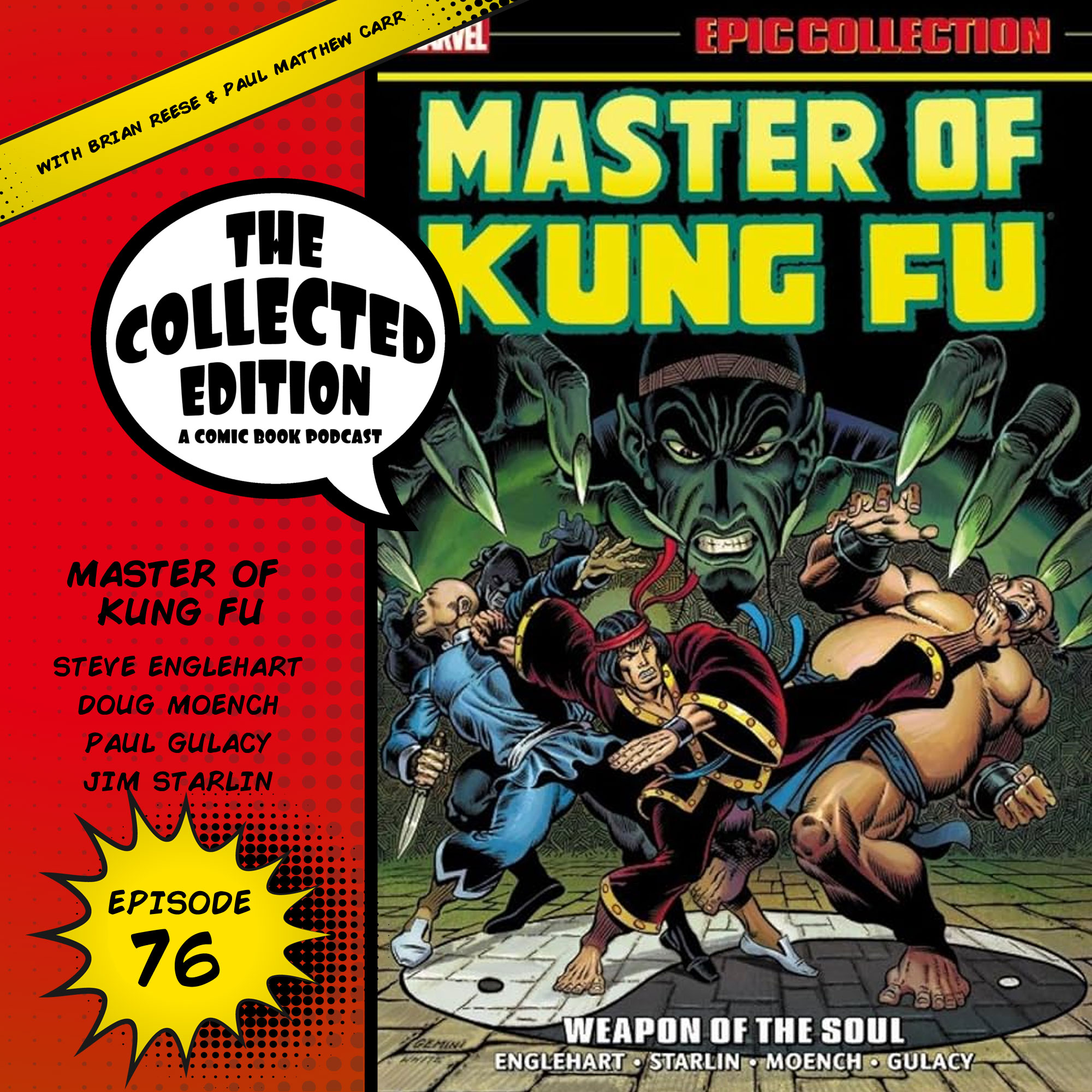
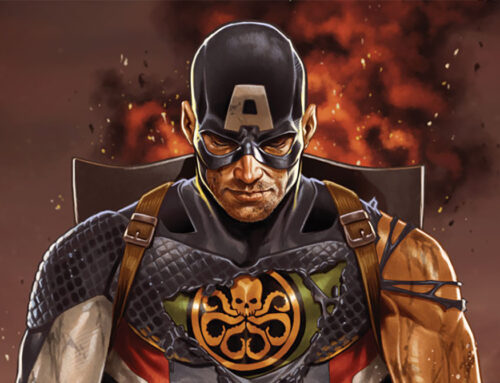
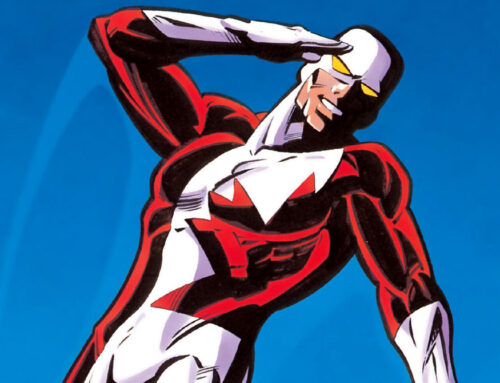
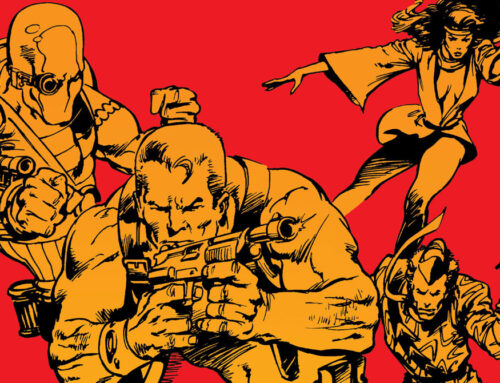

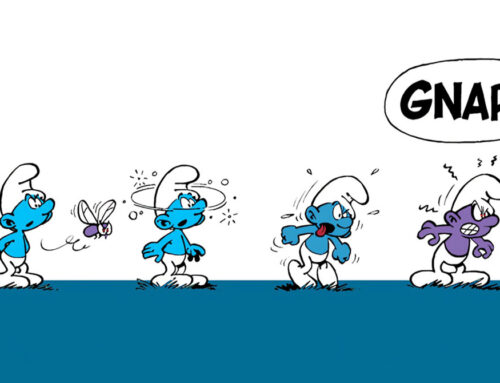


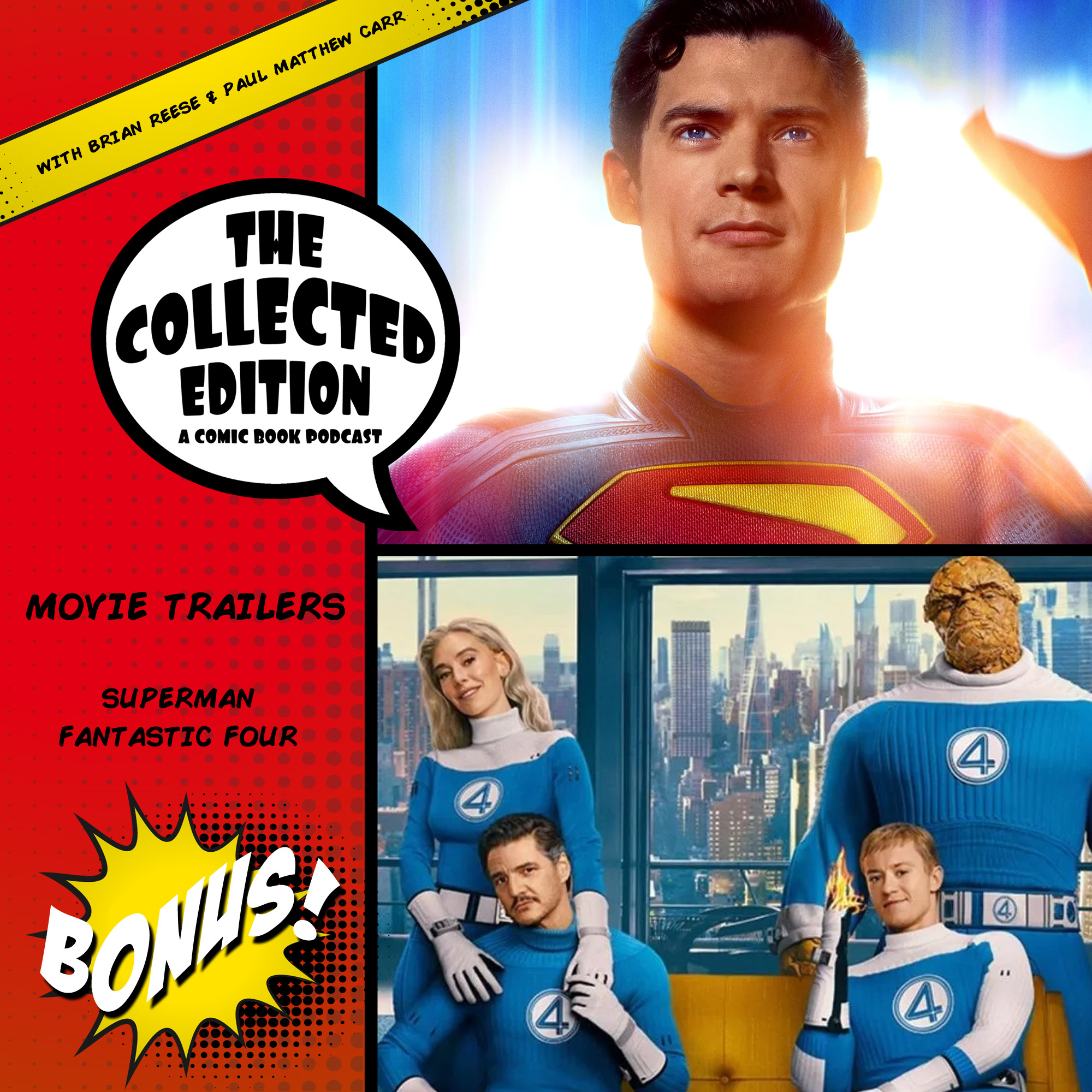
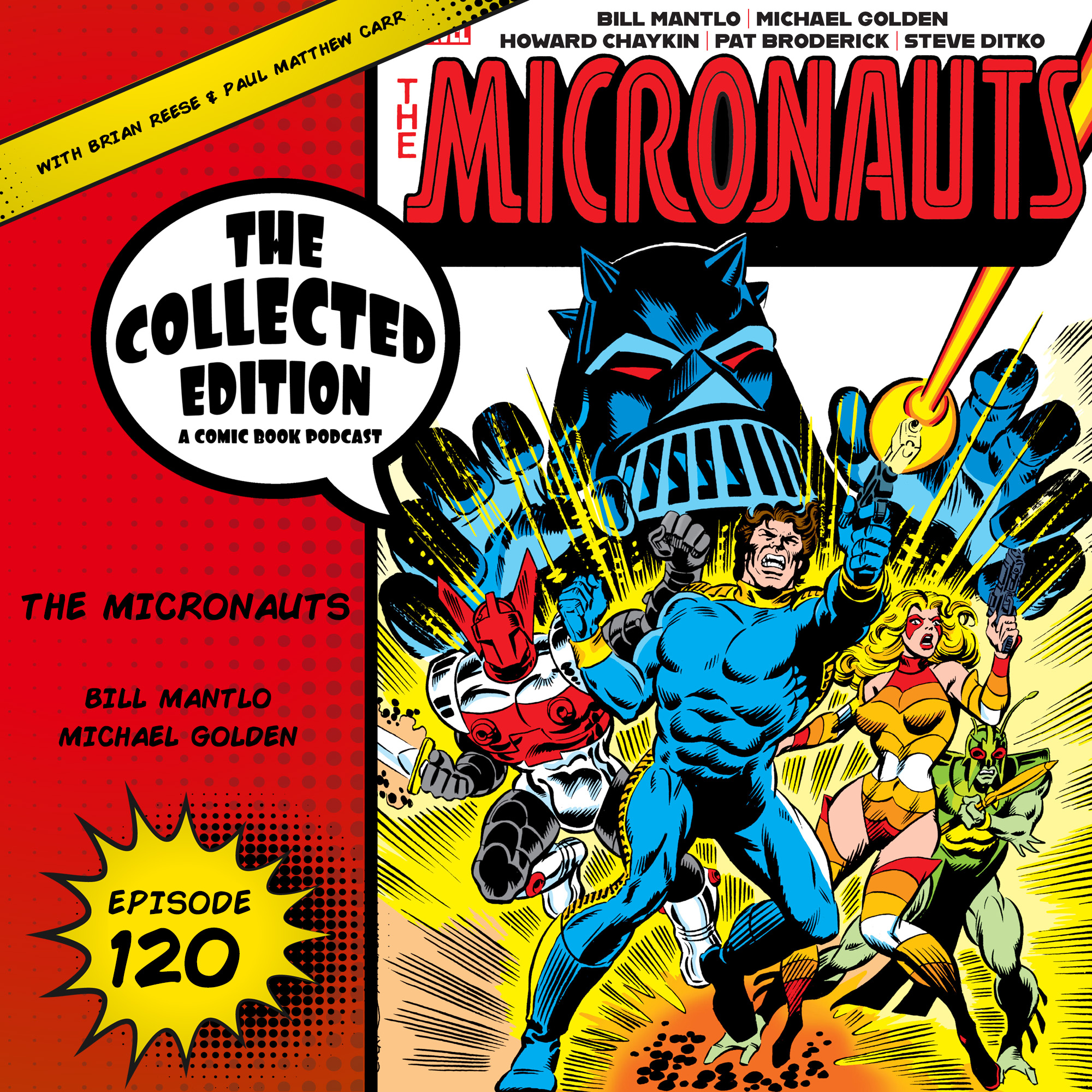
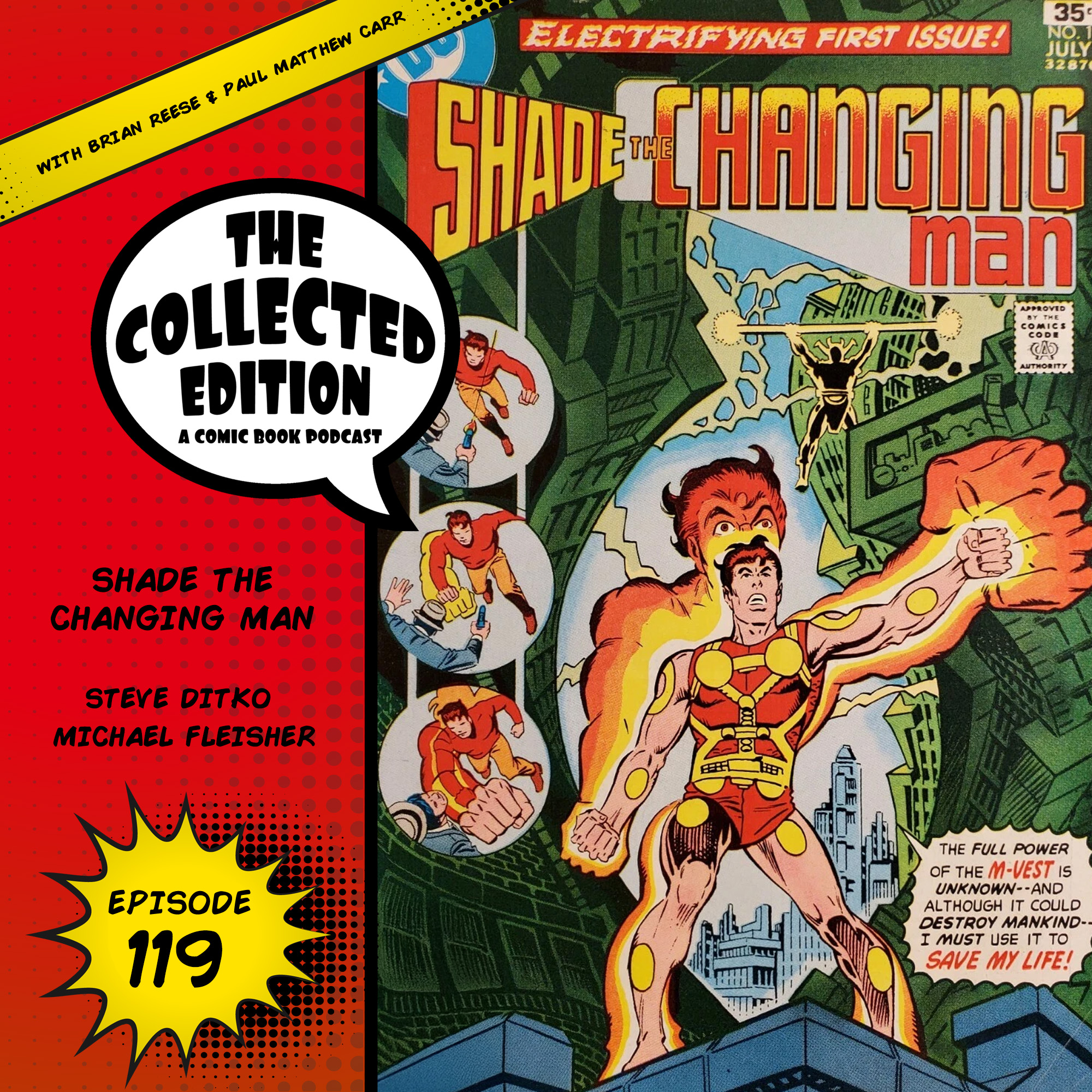

Leave A Comment